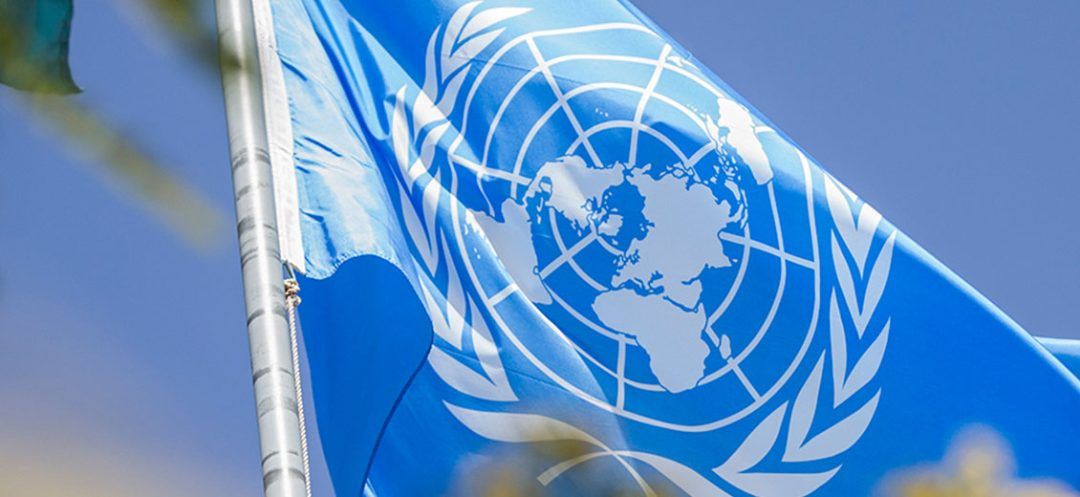
Decisions political leaders take this year will be decisive whether a target to end AIDS as a public health threat by 2030 can be reached, the United Nations said on Monday.
Figures from 2023 show a global improvement in the number of new infections, the treatment of HIV-positive patients and a fall in the number of fatalities, but UNAIDS warned such progress remains fragile.
Nearly 40 million people are living with HIV, the virus that can cause AIDS, the new UN report said.
Around 1.3 million new infections were recorded last year, an increase of 100,000 compared to 2022 but a significant fall since a peak of 3.3 million in 1995.
But the long-term trend is still way off a UNAIDS target of 330,000 new infections next year.
Figures for AIDS-related deaths are also down, from 670,000 in 2022 to 630,000 last year, according to the report.
Access to antiretroviral medication is a major issue, with 30.7 million patients receiving such treatment, compared to just 7.7 million in 2010. But the figure falls far short of a target of 34 million set for 2025.
Eastern and southern Africa remain the most-affected regions, with 20.8 people living with HIV, 450,000 infected last year and 260,000 fatalities.
While recognizing the progress, UNAIDS chief Winnie Byanyima said the world is not on the right track to reaching the agency's 2030 objectives.
“The inequalities that drive the HIV pandemic are not being addressed sufficiently,” Byanyima said in the report.
“A person dies from AIDS-related causes every minute,” she added.
Stigma, discrimination and sometimes criminalization affects certain groups, resulting in much higher infection rates because people are unable to seek help and treatment without danger.
Globally, the prevalence of AIDS among people aged 15 to 49 is 0.8%, but 1.3% among prisoners and 2.3% among women and girls aged 15 to 24 in eastern and southern Africa.
Infection rates rise further among sex workers (3%), people who inject drugs (5%), gay people and men who have sex with men (7.7%) and transgender people (9.2%).
In an AFP interview, Byanyima criticised a “well-coordinated, well-resourced pushback” against LGBTQ rights, reproductive rights and gender equality.
While some countries of sub-Saharan Africa have seen new infections fall by more than half since 2010, Byanyima noted, “we also have regions such as Eastern Europe, Central Asia and Latin America where we see new infections moving in the wrong direction and rising,” with stigma pushing people away from services.
In Eastern Europe and Central Asia, only half of people with HIV are treated, while the figure is 49% for the Middle East and North Africa.
With AFP
Figures from 2023 show a global improvement in the number of new infections, the treatment of HIV-positive patients and a fall in the number of fatalities, but UNAIDS warned such progress remains fragile.
Nearly 40 million people are living with HIV, the virus that can cause AIDS, the new UN report said.
Around 1.3 million new infections were recorded last year, an increase of 100,000 compared to 2022 but a significant fall since a peak of 3.3 million in 1995.
But the long-term trend is still way off a UNAIDS target of 330,000 new infections next year.
Figures for AIDS-related deaths are also down, from 670,000 in 2022 to 630,000 last year, according to the report.
Access to antiretroviral medication is a major issue, with 30.7 million patients receiving such treatment, compared to just 7.7 million in 2010. But the figure falls far short of a target of 34 million set for 2025.
Eastern and southern Africa remain the most-affected regions, with 20.8 people living with HIV, 450,000 infected last year and 260,000 fatalities.
While recognizing the progress, UNAIDS chief Winnie Byanyima said the world is not on the right track to reaching the agency's 2030 objectives.
“The inequalities that drive the HIV pandemic are not being addressed sufficiently,” Byanyima said in the report.
“A person dies from AIDS-related causes every minute,” she added.
Stigma Hampering Treatment
Stigma, discrimination and sometimes criminalization affects certain groups, resulting in much higher infection rates because people are unable to seek help and treatment without danger.
Globally, the prevalence of AIDS among people aged 15 to 49 is 0.8%, but 1.3% among prisoners and 2.3% among women and girls aged 15 to 24 in eastern and southern Africa.
Infection rates rise further among sex workers (3%), people who inject drugs (5%), gay people and men who have sex with men (7.7%) and transgender people (9.2%).
In an AFP interview, Byanyima criticised a “well-coordinated, well-resourced pushback” against LGBTQ rights, reproductive rights and gender equality.
While some countries of sub-Saharan Africa have seen new infections fall by more than half since 2010, Byanyima noted, “we also have regions such as Eastern Europe, Central Asia and Latin America where we see new infections moving in the wrong direction and rising,” with stigma pushing people away from services.
In Eastern Europe and Central Asia, only half of people with HIV are treated, while the figure is 49% for the Middle East and North Africa.
With AFP
Read more



Comments